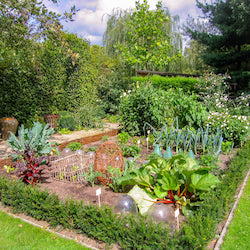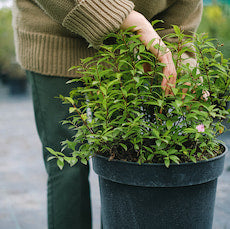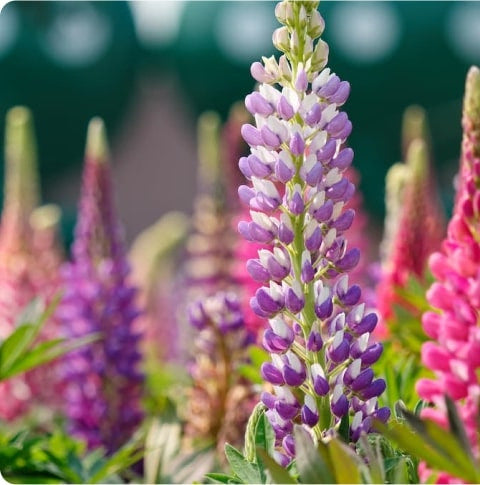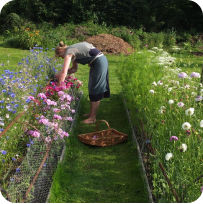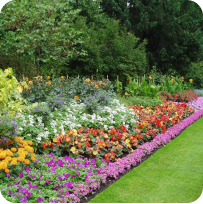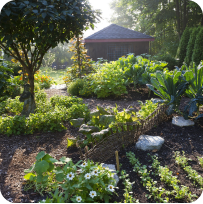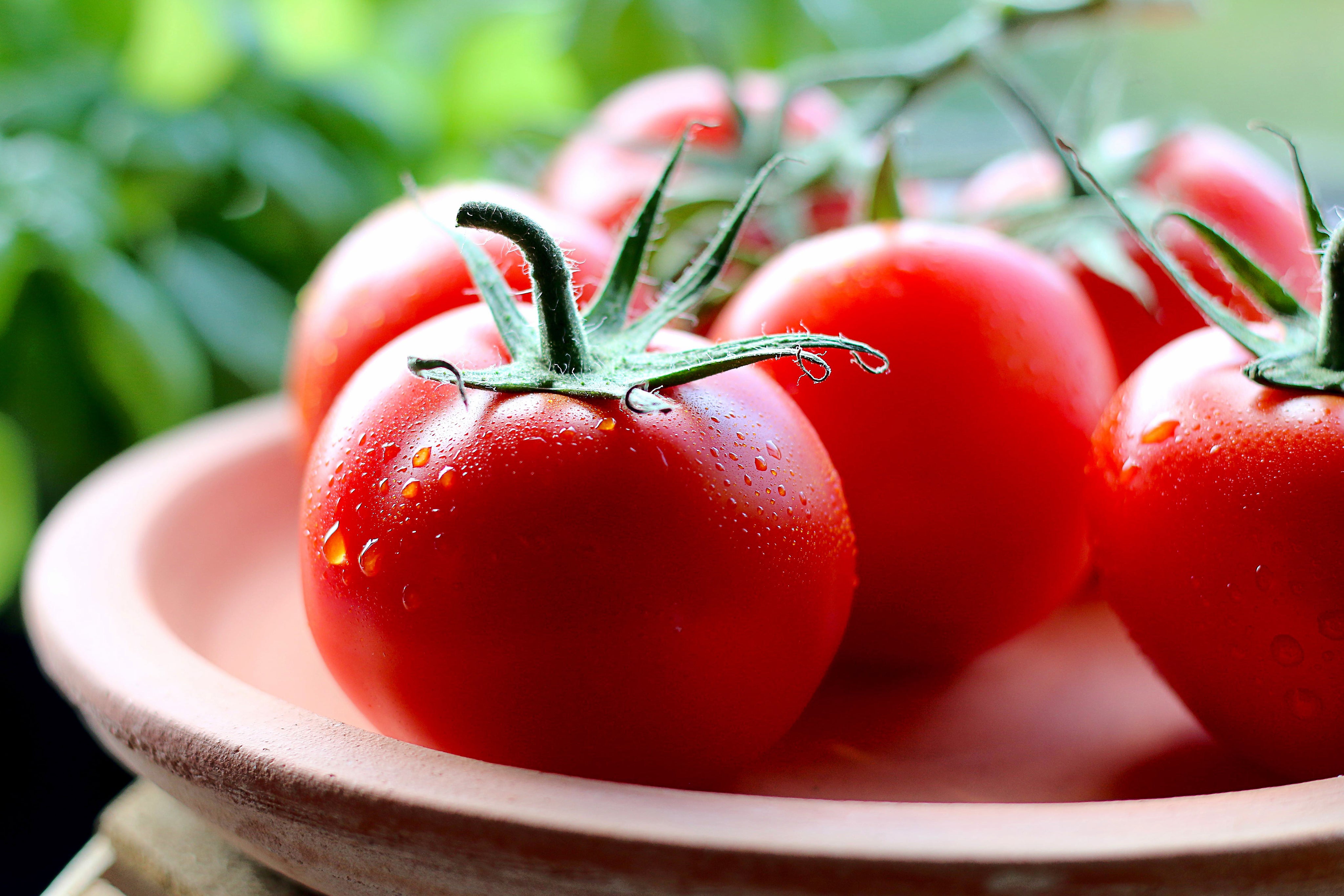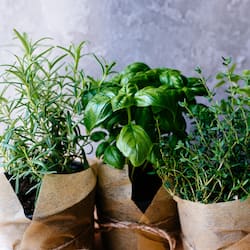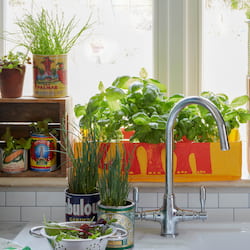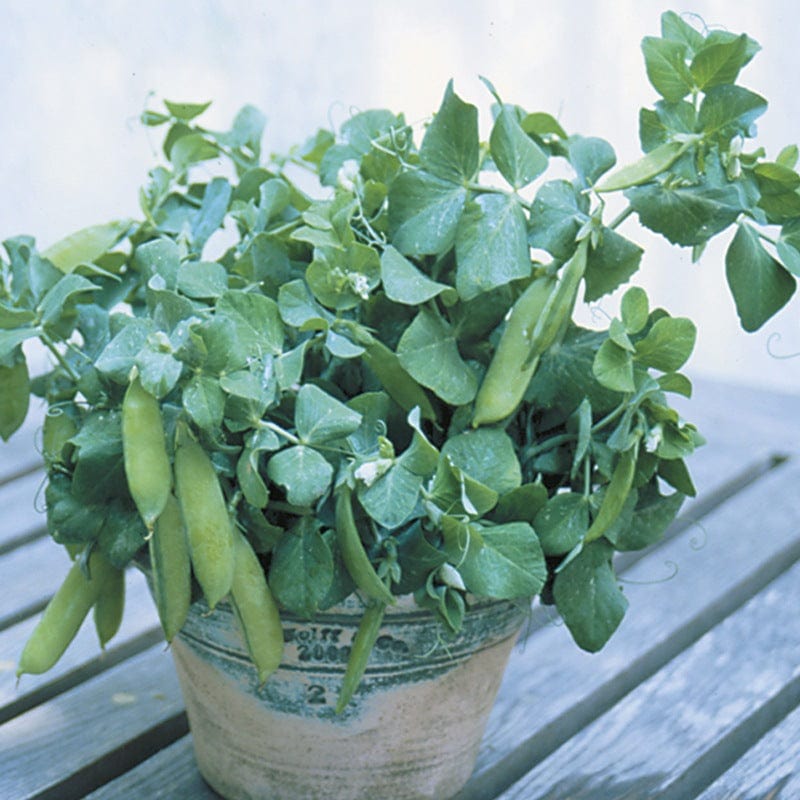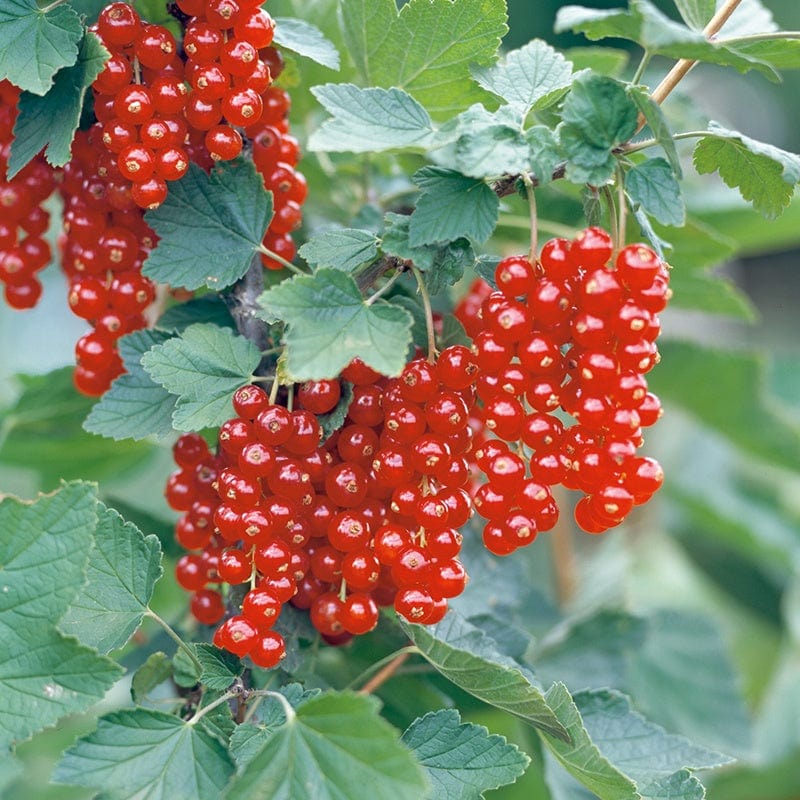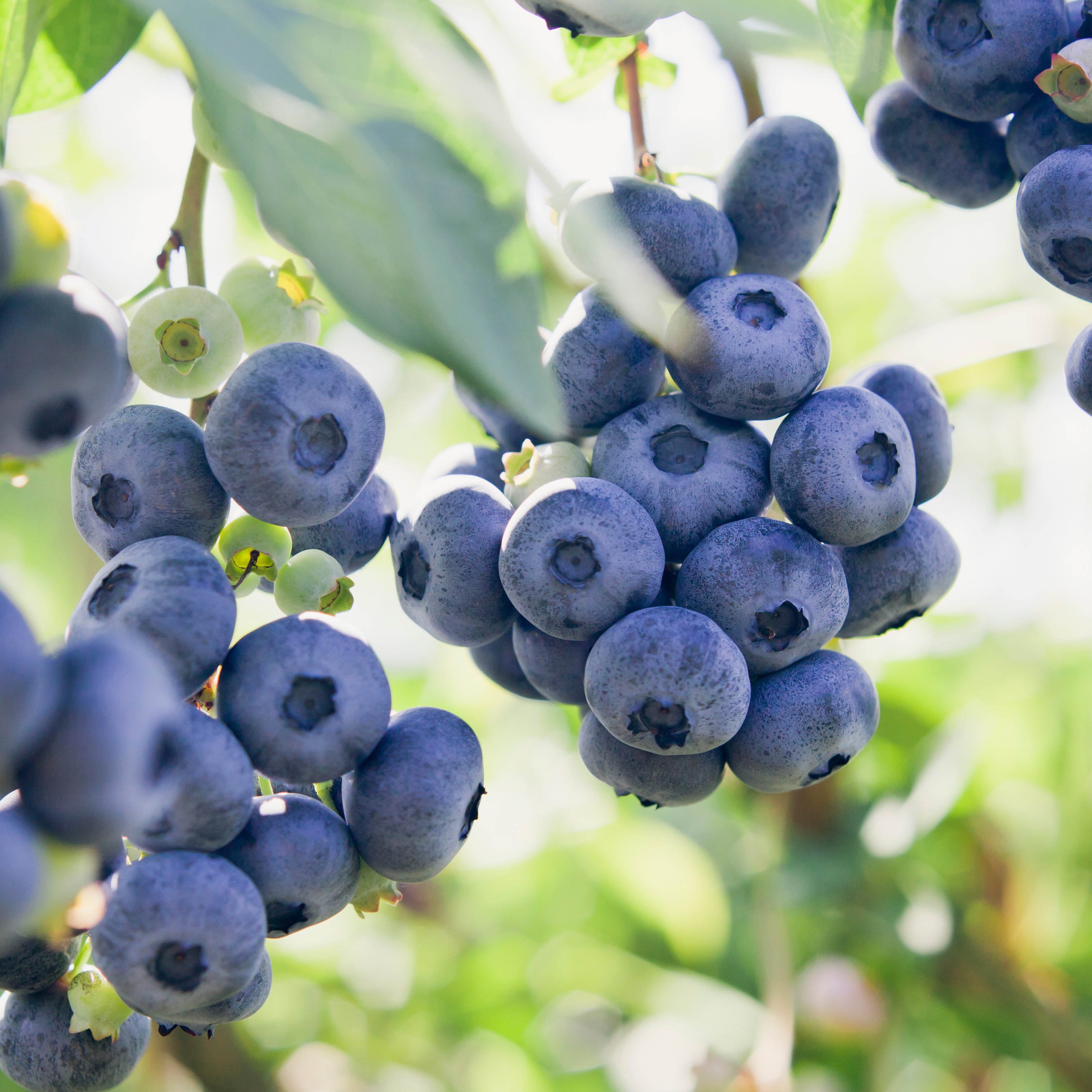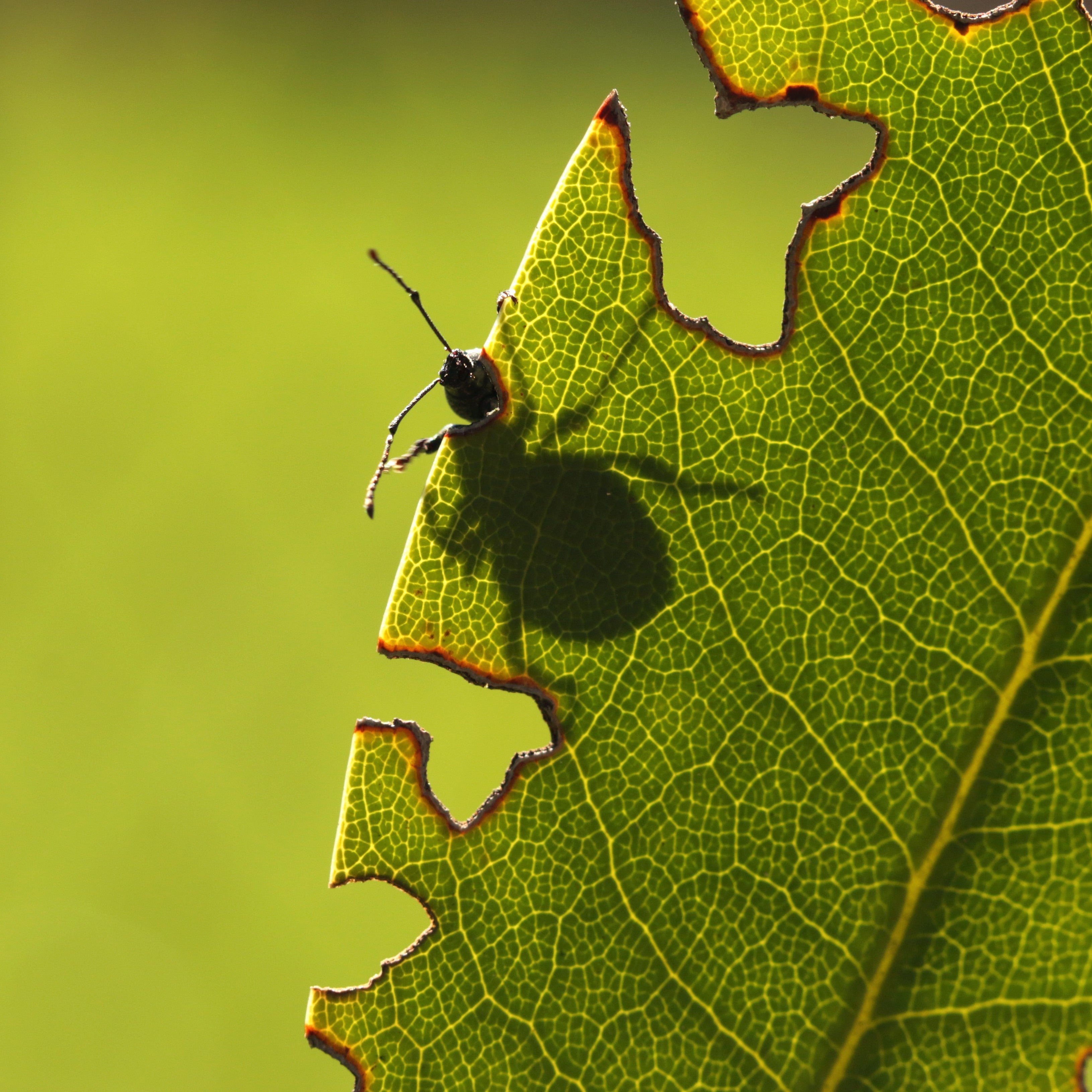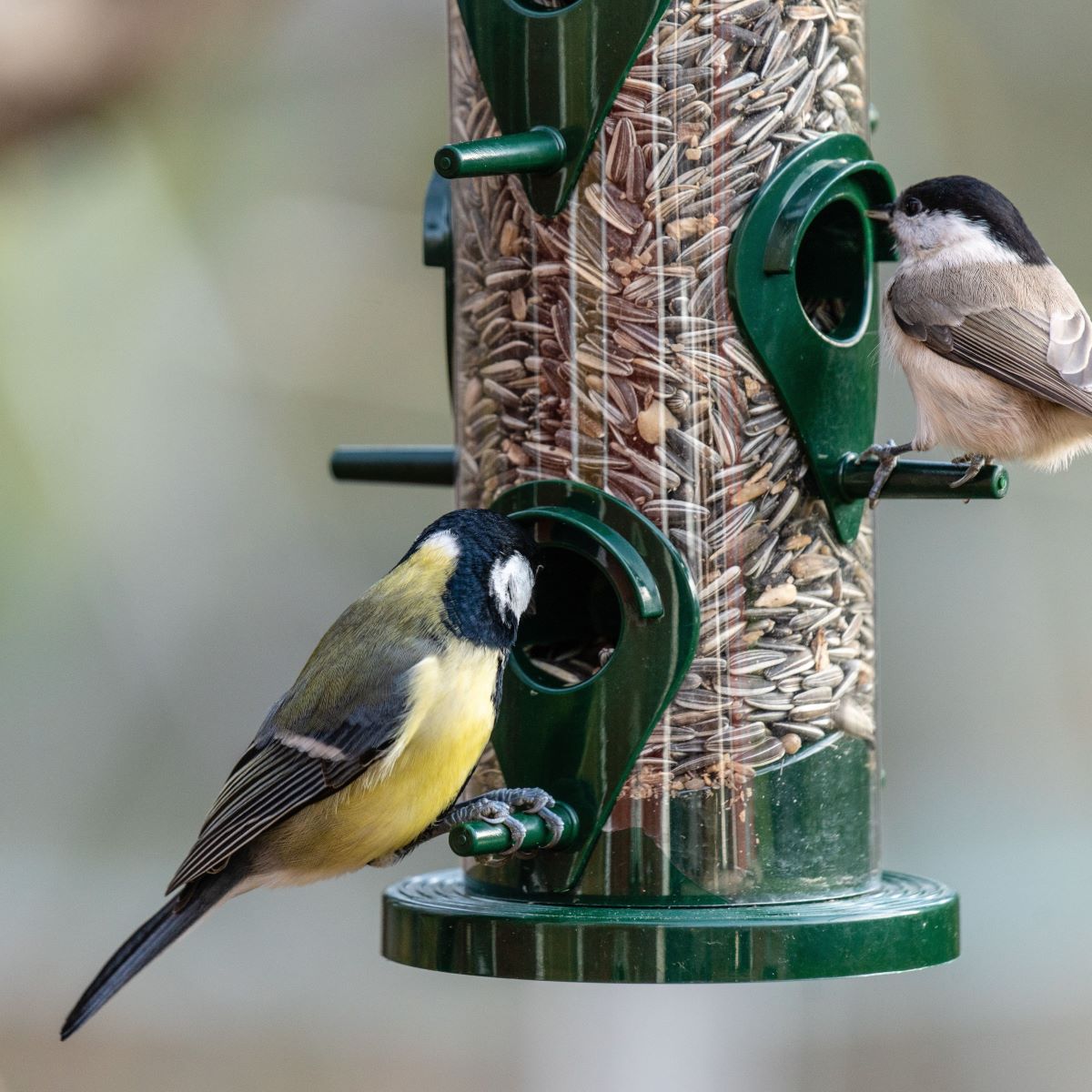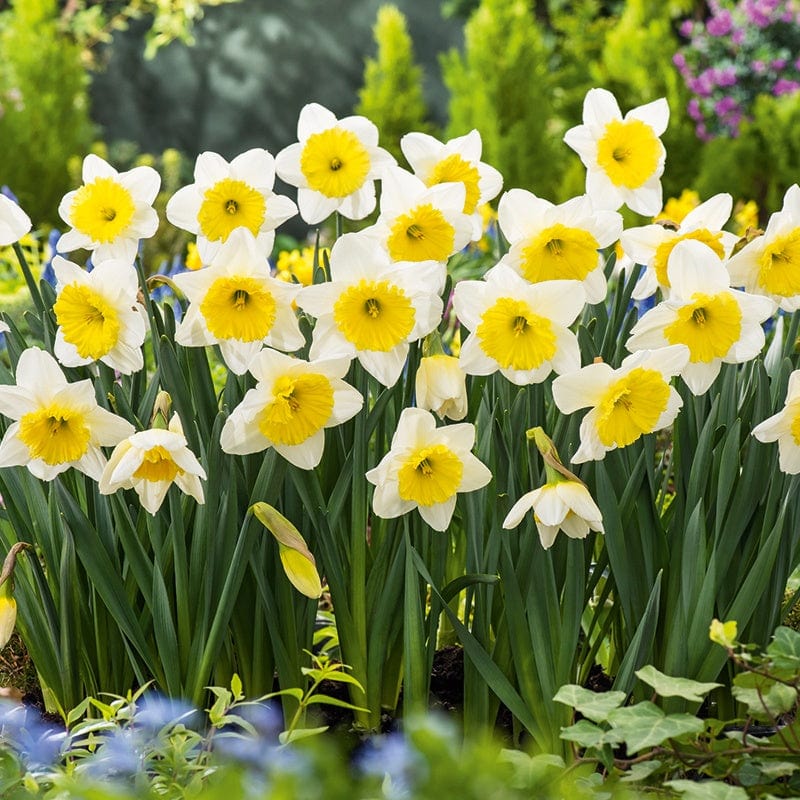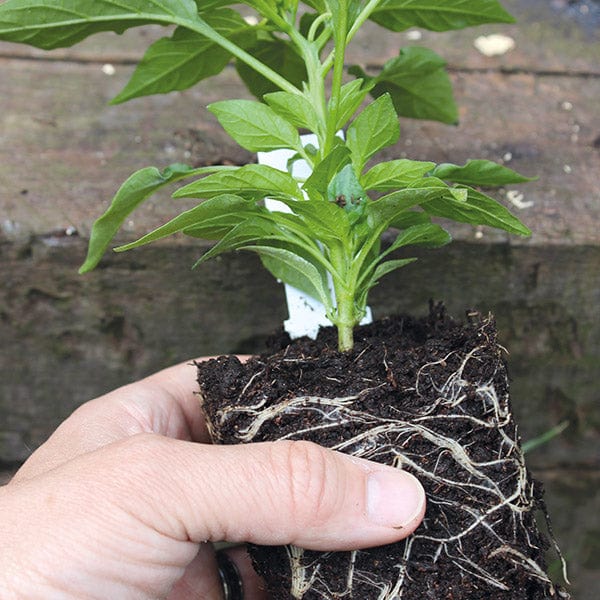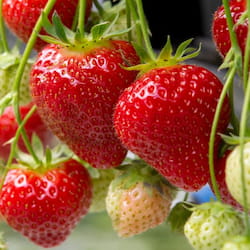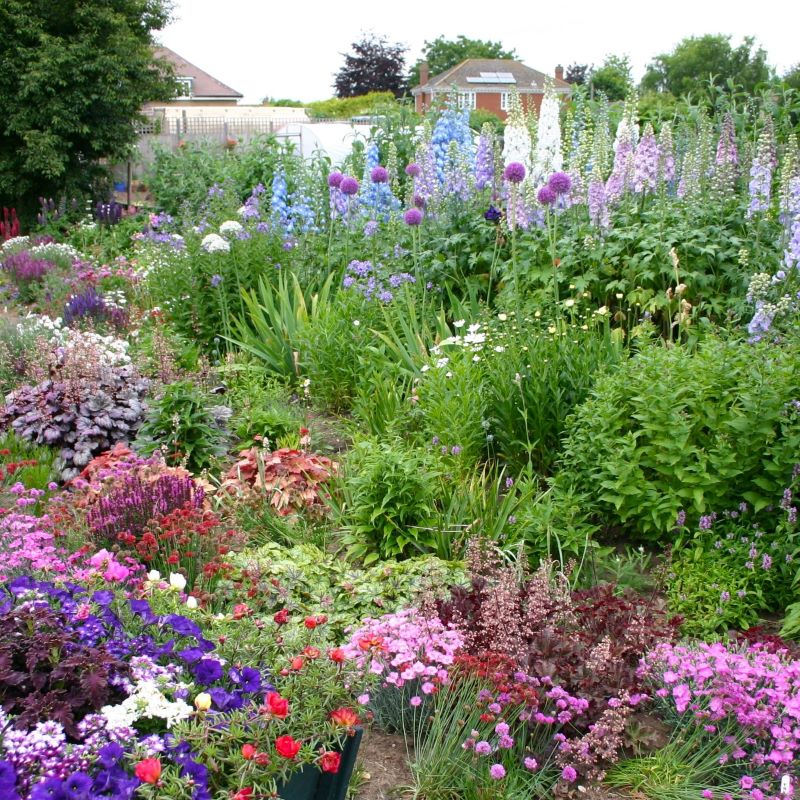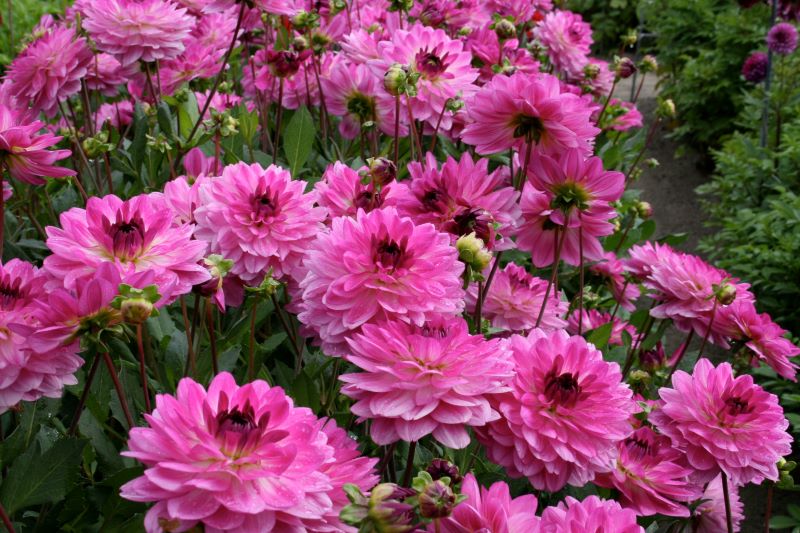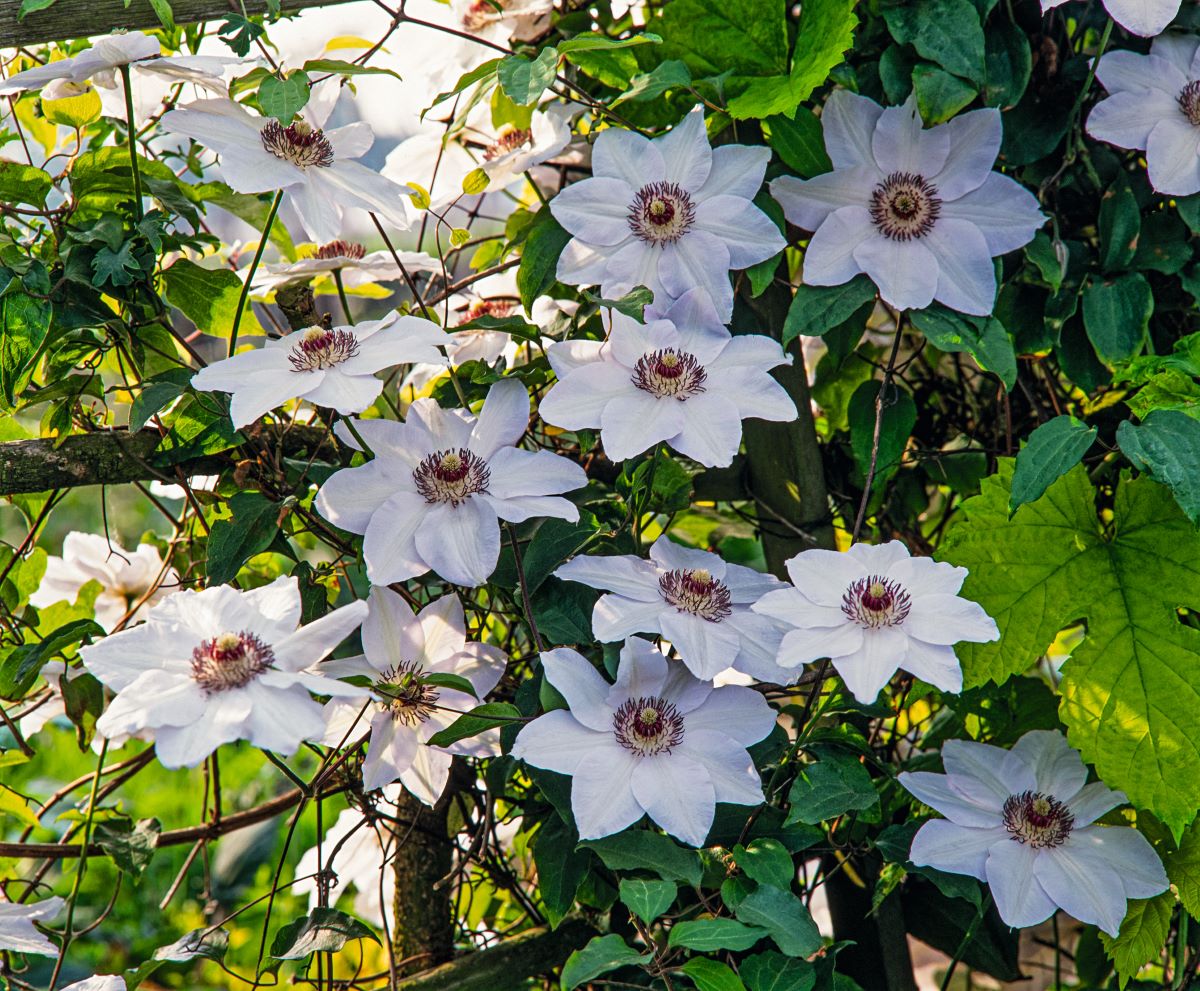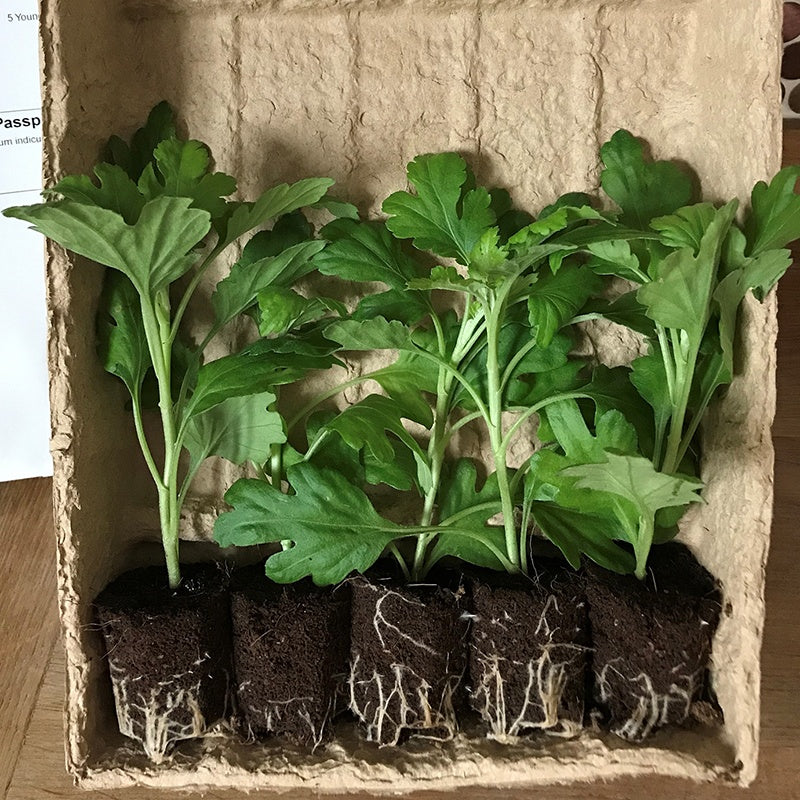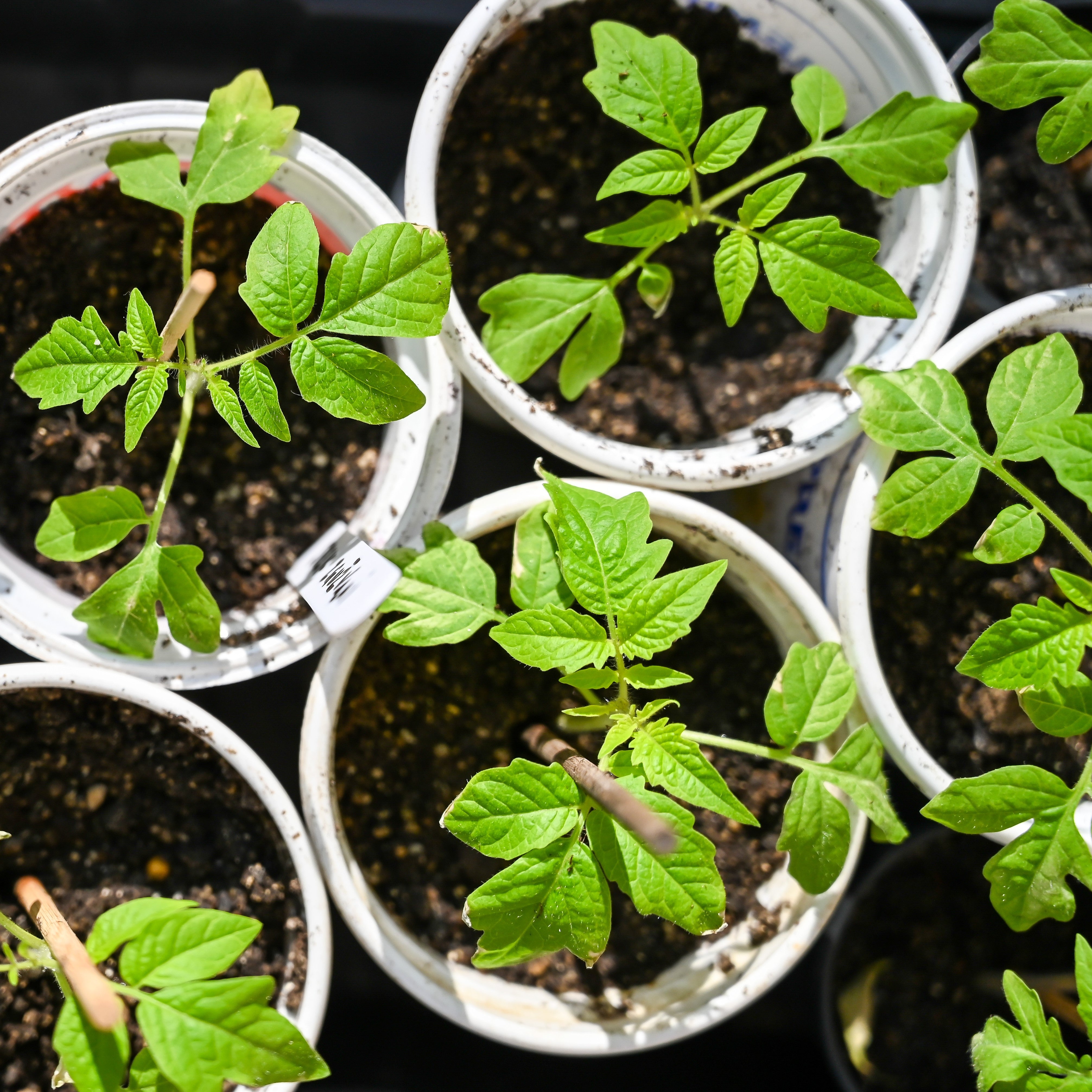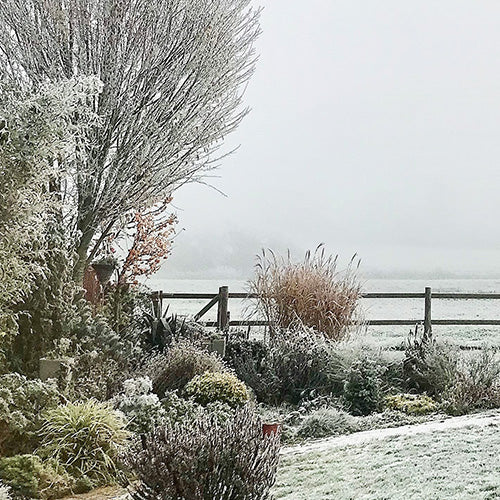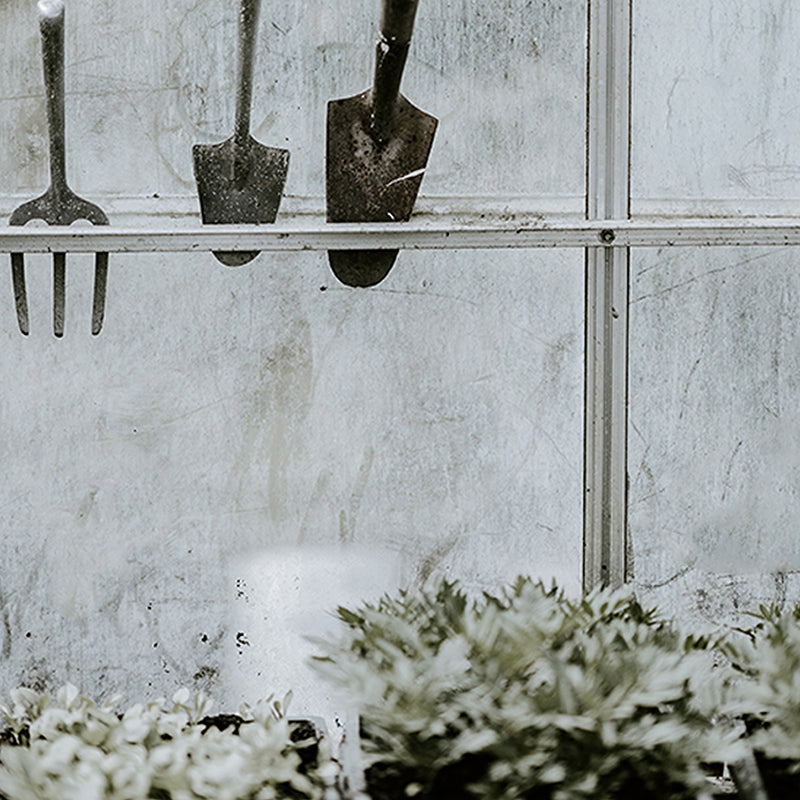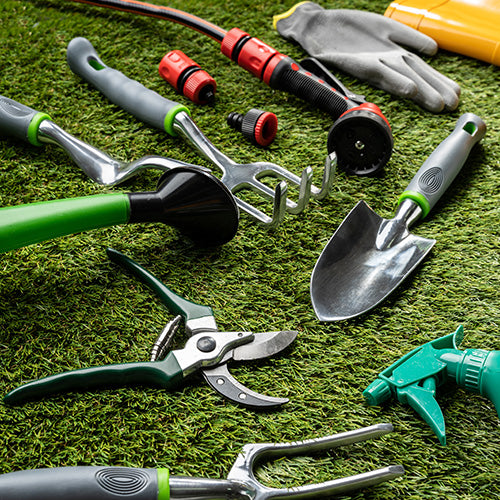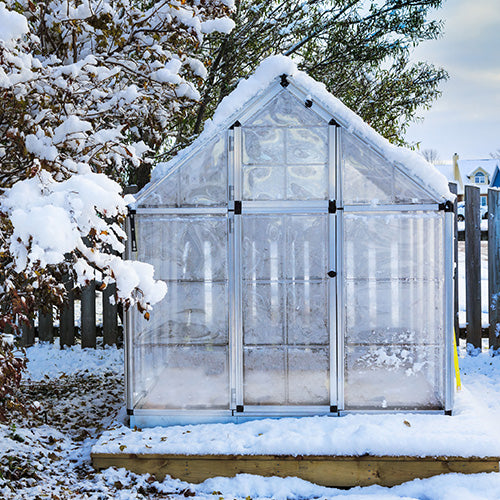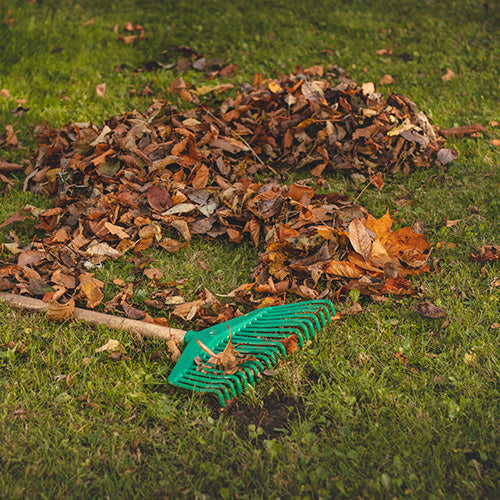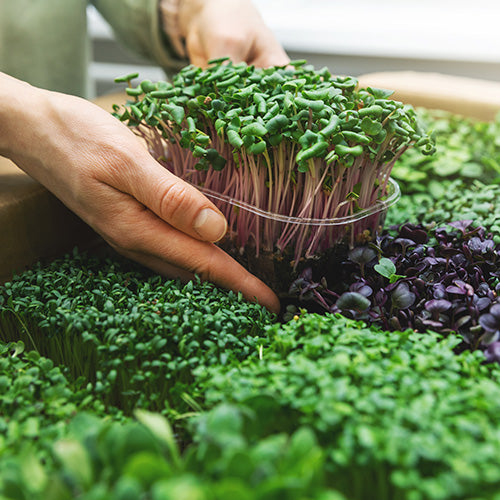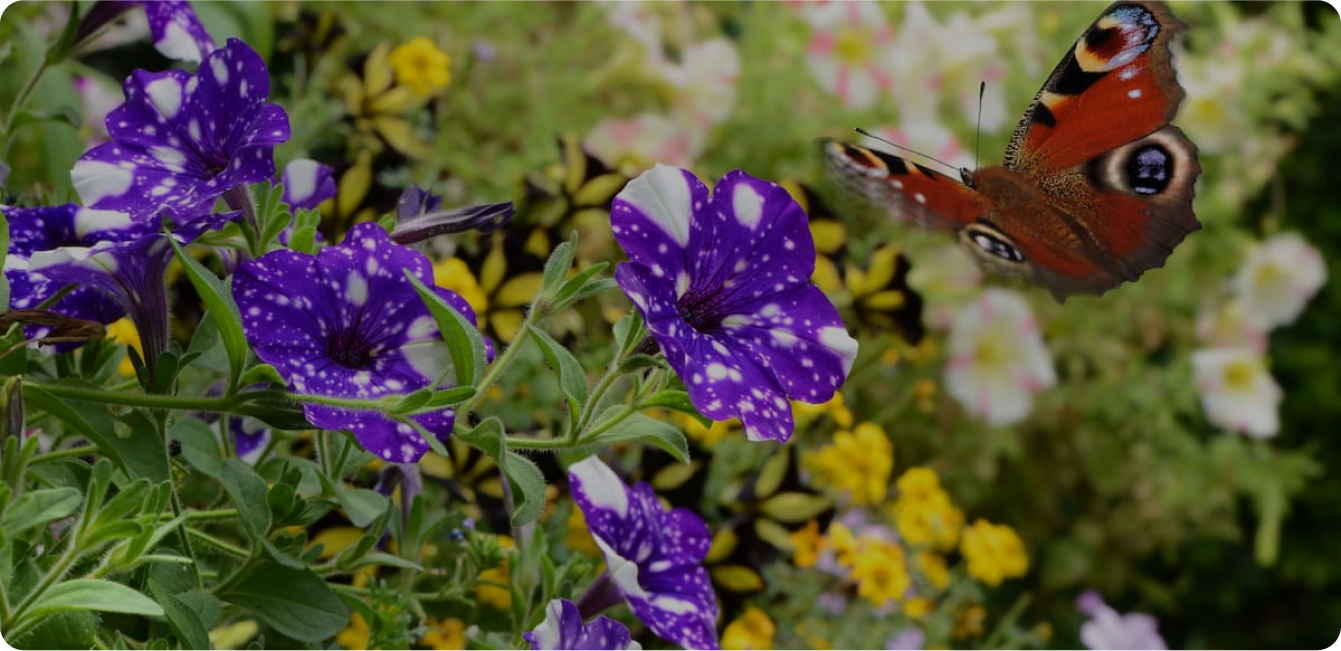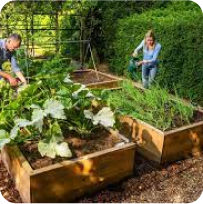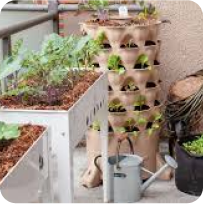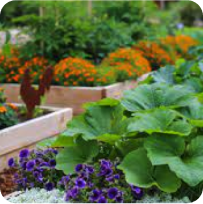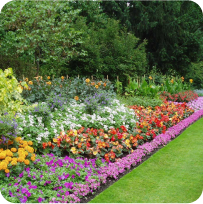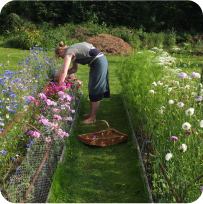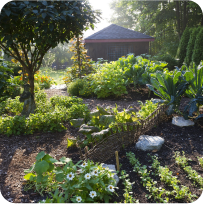Mr. Fothergill's

- Shop By Garden Type
-
Vegetables
-
 Vegetable Seeds
Vegetable Seeds
-
 Vegetable Plants
Vegetable Plants
-
 Herbs
Herbs
-
 Potatoes
Potatoes
- Onions, Shallots and Garlic
- Peas & Beans
- Tomatoes
-
 Quick Order Form
Quick Order Form
All Vegetable Seeds Asparagus Aubergine Beetroot Broccoli Brussels Sprout Cabbage Carrot Cauliflower CelerySquash Swede Sweetcorn Tomato Turnip Salad Seeds 99p range David Domoney Range Best sellers Exhibition varietiesDisease Resistant Vegetable Seeds Peas & Beans Seed Tapes & Mats Herb Seeds Oriental Vegetable Seeds Autumn Sowing Vegetable Seeds Winter Sowing Vegetable Seeds Spring Sowing Vegetable Seeds MRF Seedboxes Unusual VegetablesAll Potatoes Extra Early Potatoes First Early Potatoes Second Early Potatoes Maincrop Potatoes Second Cropping PotatoesAll Onions, Shallots and Garlic Autumn Planting Onions Shallots and Garlic Spring Planting Onions, Shallots and Garlic Onion Sets Onion & Shallot Seeds Heat Treated Onion Sets -
-
Flowers
-
 Flower Seeds
Flower Seeds
-
 Flower Plants
Flower Plants
- Flower Bulbs & Tubers
- Flowers by Season & Style
- Flowers by Colour & Month
-
 Quick Order Form
Quick Order Form
All Flower Seeds Achillea African Marigold Agastache Alyssum Aquilegia Amaranthus Ammi Antirrhinum AsterAubrieta Bacopa Begonia Busy Lizzie Calendula Calibrachoa Californian Poppy Candytuft Carnation ChrysanthemumAll Flower Plants Achillea Arctotis Bacopa Buddleja Calibrachoa Campanula Carnation Chrysanthemum CleomeDelphinium Dianthus Digitalis Foxglove Echinacea Fuchsia Geranium & Pelargonium Helenium Lantana Lupin NicotianaOsteospermum Petchoa Beautical Petunia Salvia Scabious Shrubs Verbascum Verbena Viola Wildflower PlantsZinnia Other Flower Plants Flower Bulbs 'in the green' Dahlia Potted Plants Best For Bedding Ready to Sow or Plant Now Flowers Garden Bedding Flower Plants - Spring Planting Spring Planting Flower Plants Autumn Planting Flower Plants Garden Ready Plants in Trays of 30All Flower Seeds Annual Flower Seeds Perennial Flower Seeds Ornamental Grass Seeds Autumn Sowing Flower Seeds Spring Sowing Flower Seeds Unusual FlowersCut Flower Garden Attracts Wildlife Containers, Pots & Patio Cottage Garden Formal Garden Best For BeddingFlowers for Pollinators Fragrant Varieties House Plant Seeds RHS Seed Collections Dwarf Sunflower Seeds Tall Sunflower Seeds -
-
Fruit
- Tool Shed
- Birds & Wildlife
- Advice & Inspiration
- SALE
-
 Shop By Garden Type
Shop By Garden Type
-
BackShop By Garden Type
-
-
 Vegetables
Vegetables
-
BackVegetables
-
 Vegetable Seeds
Vegetable Seeds
-
BackVegetable Seeds
- All Vegetable Seeds
- Asparagus
- Aubergine
- Beetroot
- Broccoli
- Brussels Sprout
- Cabbage
- Carrot
- Cauliflower
- Celery
- Chard
- Chicory
- Chilli
- Courgette
- Cucumber
- Green Manure
- Kale
- Kohl Rabi
- Leek
- Lettuce
- Marrow
- Onion
- Parsnip
- Pepper
- Pumpkin
- Radish
- Rocket
- Salad Leaf Seeds
- Spinach
- Spring Onion
- Squash
- Swede
- Sweetcorn
- Tomato
- Turnip
- Salad Seeds
- 99p range
- David Domoney Range
- Best sellers
- Exhibition varieties
- Disease Resistant Vegetable Seeds
- Peas & Beans
- Seed Tapes & Mats
- Herb Seeds
- Oriental Vegetable Seeds
- Autumn Sowing Vegetable Seeds
- Winter Sowing Vegetable Seeds
- Spring Sowing Vegetable Seeds
- MRF Seedboxes
- Unusual Vegetables
- Sow in January
- Sow in February
- Sow in March
- Sow in April
- Sow in May
- Sow in June
- Sow in July
- Sow in August
- Sow in September
- Sow in October
-
-
 Vegetable Plants
Vegetable Plants
-
BackVegetable Plants
- All Vegetable Plants
- Aubergine
- Cucumber
- Onion
- Pea
- Pepper
- Grafted Vegetables
- Early Despatch Vegetables
- Late Despatch Vegetables
- Container Vegetable Plants
- Vegetable Bed & Allotment
- Plant Now
- Ready to Sow or Plant Now Vegetables
- Plant in March
- Plant in April
- Plant in May
- Plant in June
-
-
 Herbs
Herbs
-
 Potatoes
Potatoes
-
Onions, Shallots and Garlic
-
BackOnions, Shallots and Garlic
- All Onions, Shallots and Garlic
- Autumn Planting Onions Shallots and Garlic
- Spring Planting Onions, Shallots and Garlic
- Onion Sets
- Onion & Shallot Seeds
- Heat Treated Onion Sets
- Onion Plants
- Globe Onion Seeds
- Onion & Garlic equipment
- Softneck Garlic Bulbs
- Hardneck Garlic Bulbs
- Garlic Bulbs
- Shallot Bulbs
-
- Peas & Beans
- Tomatoes
-
 Quick Order Form
Quick Order Form
-
-
 Flowers
Flowers
-
BackFlowers
-
 Flower Seeds
Flower Seeds
-
BackFlower Seeds
- All Flower Seeds
- Achillea
- African Marigold
- Agastache
- Alyssum
- Aquilegia
- Amaranthus
- Ammi
- Antirrhinum
- Aster
- Aubrieta
- Bacopa
- Begonia
- Busy Lizzie
- Calendula
- Calibrachoa
- Californian Poppy
- Candytuft
- Carnation
- Chrysanthemum
- Coleus
- Coreopsis
- Cornflower
- Cosmos
- Dahlia
- Delphinium
- Dianthus
- Echinacea
- Eryngium
- Foxglove
- Forget Me Not
- French Marigold
- Gazania
- Geranium
- Grasses
- Lavender
- Lobelia
- Lupin
- Marigold
- Morning Glory
- Nasturtium
- Nemesia
- Nicotiana
- Nigella
- Osteospermum
- Pansy
- Petunia
- Poppy
- Rudbeckia
- Salvia
- Scabious
- Stock
- Sunflower
- Sweet Pea
- Sweet William
- Verbena
- Viola
- Wallflower
- Wildflower
- Zinnia
-
-
 Flower Plants
Flower Plants
-
BackFlower Plants
- All Flower Plants
- Achillea
- Arctotis
- Bacopa
- Buddleja
- Calibrachoa
- Campanula
- Carnation
- Chrysanthemum
- Cleome
- Delphinium
- Dianthus
- Digitalis Foxglove
- Echinacea
- Fuchsia
- Geranium & Pelargonium
- Helenium
- Lantana
- Lupin
- Nicotiana
- Osteospermum
- Petchoa Beautical
- Petunia
- Salvia
- Scabious
- Shrubs
- Verbascum
- Verbena
- Viola
- Wildflower Plants
- Zinnia
- Other Flower Plants
- Flower Bulbs 'in the green'
- Dahlia Potted Plants
- Best For Bedding
- Ready to Sow or Plant Now Flowers
- Garden Bedding Flower Plants - Spring Planting
- Spring Planting Flower Plants
- Autumn Planting Flower Plants
- Garden Ready Plants in Trays of 30
- Standard Bedding Flower Plants
- Spring Standard Bedding Flower Plants
- Basket & Containers
- 9cm potted flower plants
-
-
Flower Bulbs & Tubers
-
BackFlower Bulbs & Tubers
- Spring Planting Summer Flowering Bulbs
- All Flower Bulbs and Tubers
- Allium Bulbs
- Anemone Bulbs
- Crocus Bulbs
- Daffodil Bulbs
- Dahlia Tubers
- Flower Bulbs 'in the green'
- Freesia Double Bulbs
- Fritillaria Bulbs
- Gladioli Corms
- Hyacinth Bulbs
- Lily Bulbs
- Tulips
- Other Spring Planting Bulbs
- Bare root Roses
-
-
Flowers by Season & Style
-
BackFlowers by Season & Style
- All Flower Seeds
- Annual Flower Seeds
- Perennial Flower Seeds
- Ornamental Grass Seeds
- Autumn Sowing Flower Seeds
- Spring Sowing Flower Seeds
- Unusual Flowers
- Cut Flower Garden
- Attracts Wildlife
- Containers, Pots & Patio
- Cottage Garden
- Formal Garden
- Best For Bedding
- Half Hardy Annuals
- Hardy Annuals
- Half Hardy Perennials
- Hardy Perennials
- First Year Flowering
- Flowers for Pollinators
- Fragrant Varieties
- House Plant Seeds
- RHS Seed Collections
- Dwarf Sunflower Seeds
- Tall Sunflower Seeds
- Sweet Pea Seed Mixes
- Old Fashioned Sweet Pea Seeds
- Spencer Type Sweet Pea Seeds
- Autumn Seeds and Plants
- Last Chance Seeds
-
-
Flowers by Colour & Month
-
BackFlowers by Colour & Month
- Blue Flowers
- Blue Cut Flowers
- Cream Flowers
- Orange Flowers
- Pink Flowers
- Purple Flowers
- Red Flowers
- White Flowers
- Yellow Flowers
- Sow in January
- Sow in February
- Sow in March
- Sow in April
- Sow in May
- Sow in June
- Sow in July
- Sow in August
- Sow in September
- Sow in October
- Sow in November
- Sow In December
- Plant in March
- Plant in April
- Plant in May
- Plant in July
- Plant in August
- Plant in September
- Plant in October
- Plant in November
- Plant in December
-
-
 Quick Order Form
Quick Order Form
-
-
 Fruit
Fruit
-
BackFruit
- All Fruit
- Fruit Plants
-
Fruit Seeds
-
BackFruit Seeds
- Melon Seeds
- Strawberry Seeds
-
- Ready to Sow or Plant Now Fruit Plants
-
-
Tool Shed
-
BackTool Shed
- Sowing & Growing
-
Fertilisers & Compost
-
BackFertilisers & Compost
- Feeds & Fertilisers
- Soil Improvers
- Test Kits
- Composting
- Peat Free Compost
- Compost
- Fertilisers & Compost
-
- Darlac Tools
-
Pests, Diseases & Protection
-
BackPests, Diseases & Protection
- Slugs & Snails
- Nematode Pest Control
- Pest Control & Disease Control
- Weed Control
- Crop Protection
- Netting & Fleece
- Cloches & Tunnels
- Cold Frames
- Grow Houses
-
-
Watering & Irrigation
-
BackWatering & Irrigation
- Sprinklers & Taps
- All Watering & Irrigation
- Watering Systems
-
-
-
Birds & Wildlife
-
BackBirds & Wildlife
- All
-
-
 Advice & Inspiration
Advice & Inspiration
-
BackAdvice & Inspiration
-
Blog
-
BackBlog
-
- FAQs
- Shipping & Returns
- Contact Us
-
 Quick Order Form
Quick Order Form
-
- SALE
